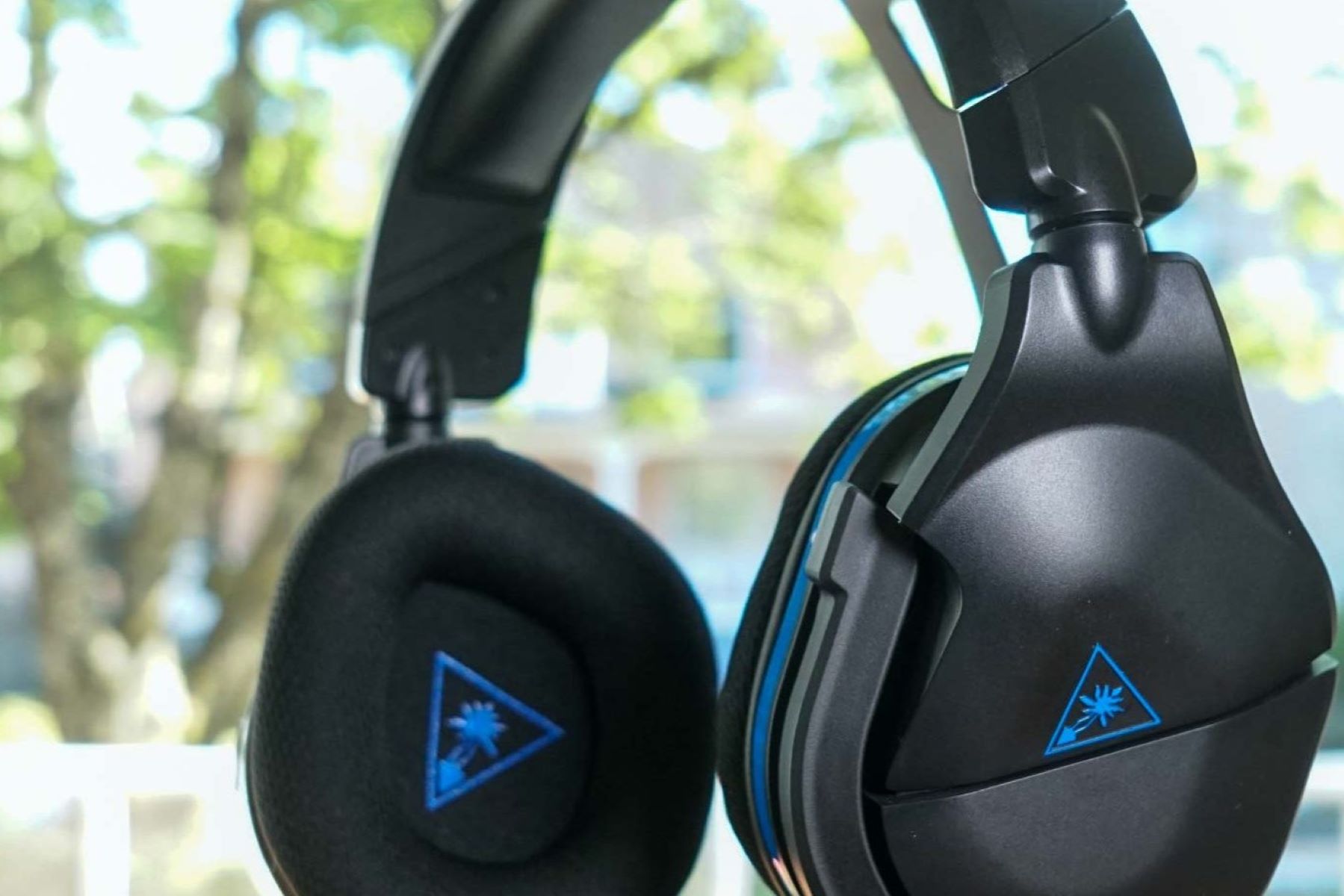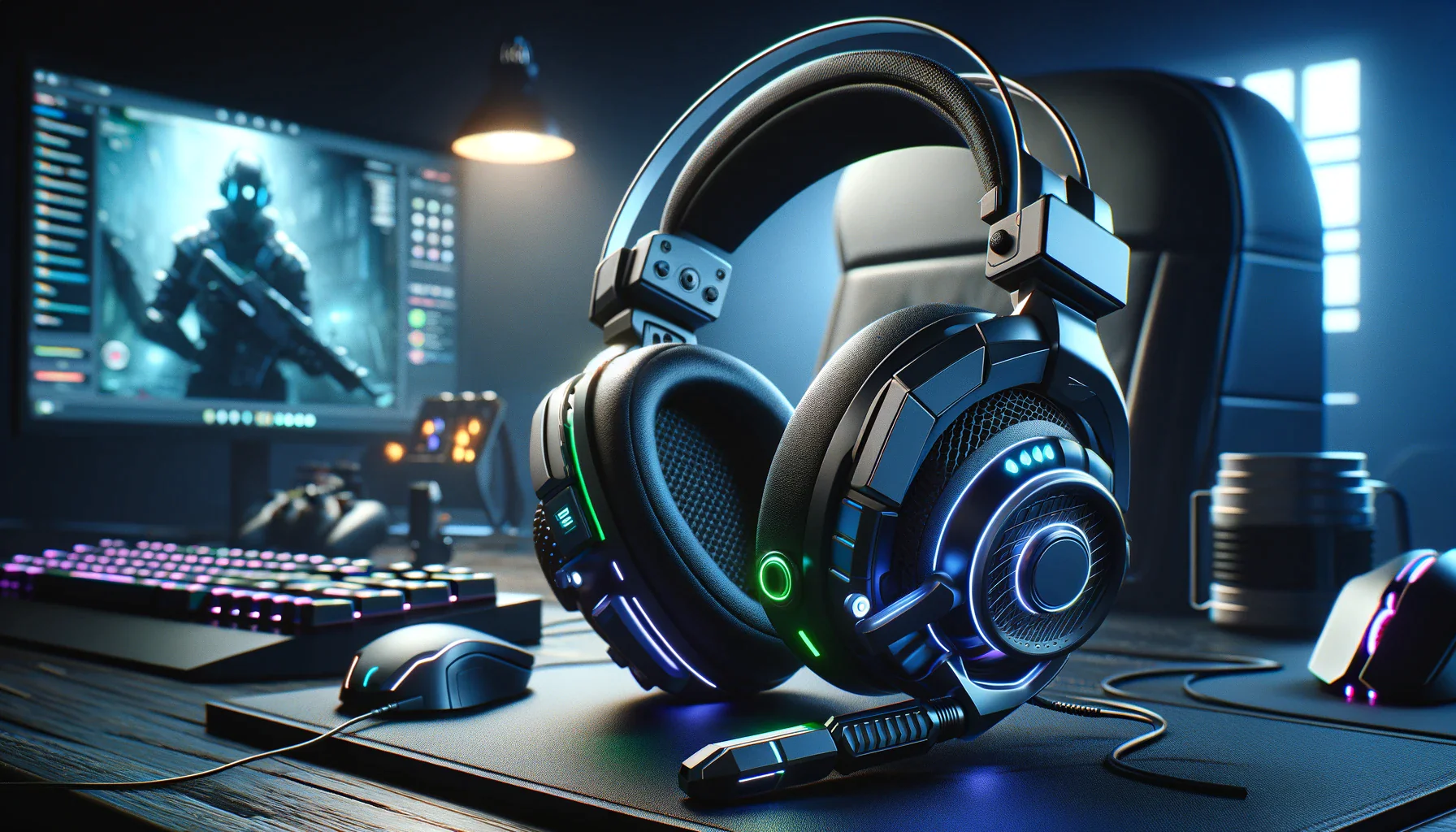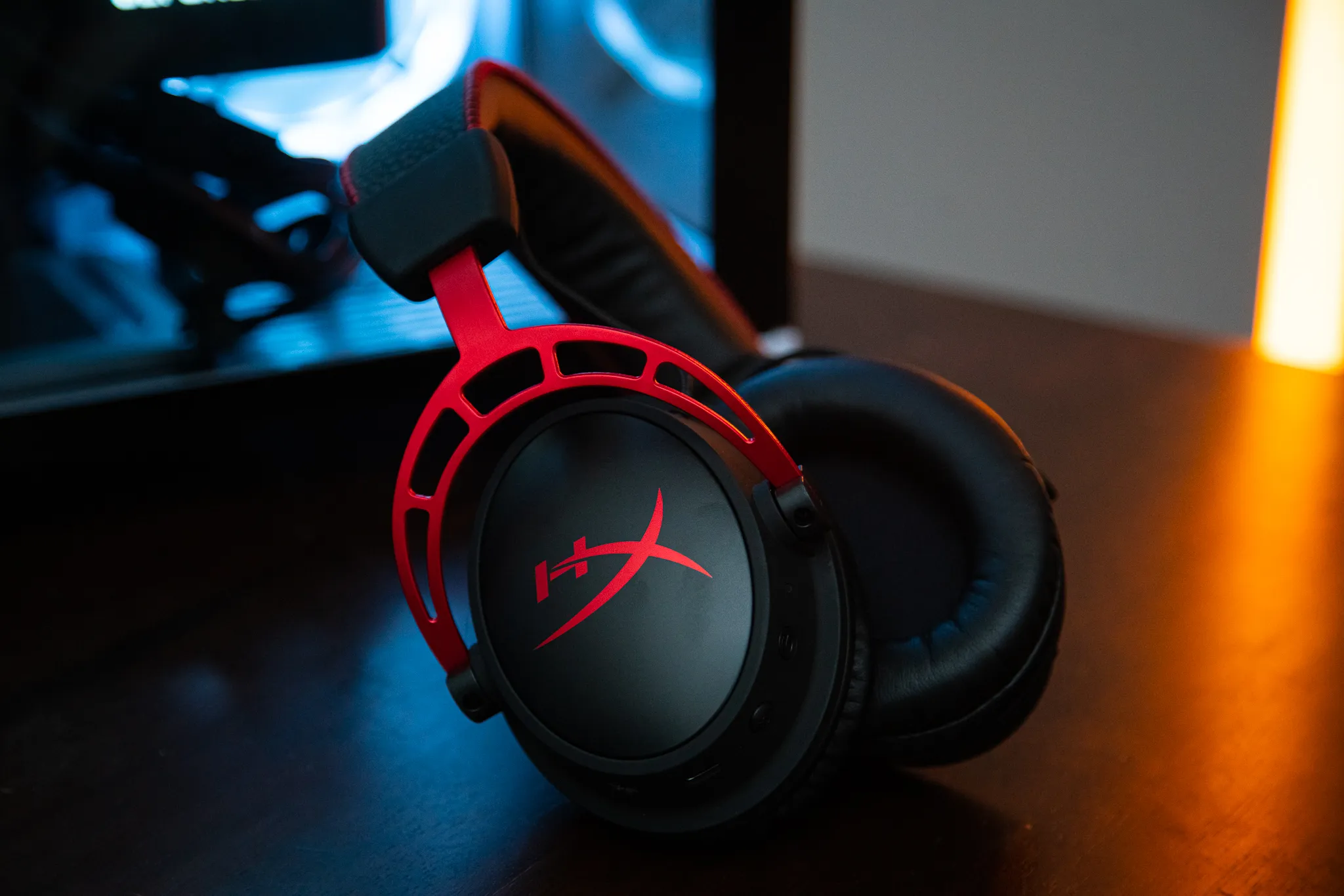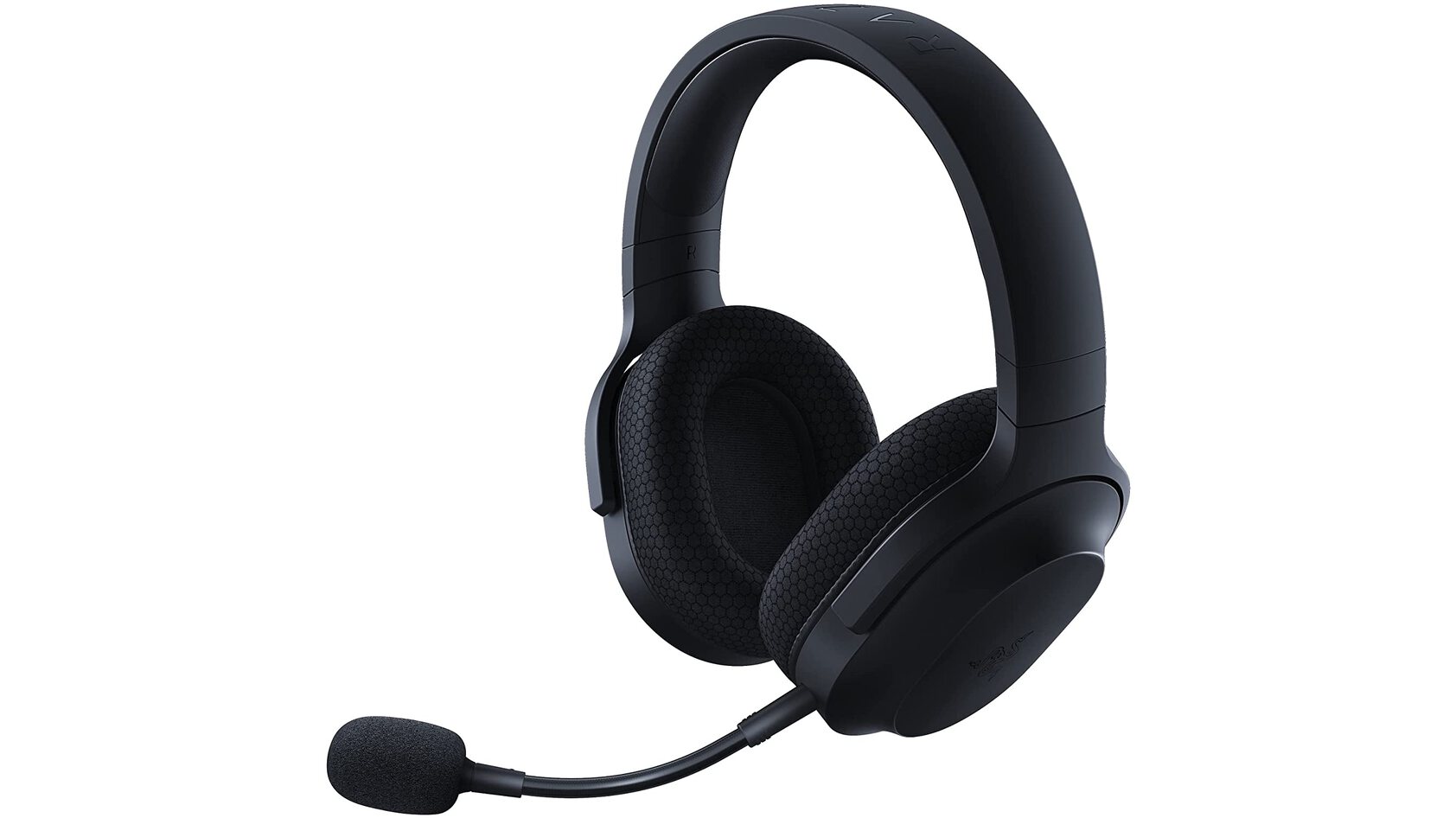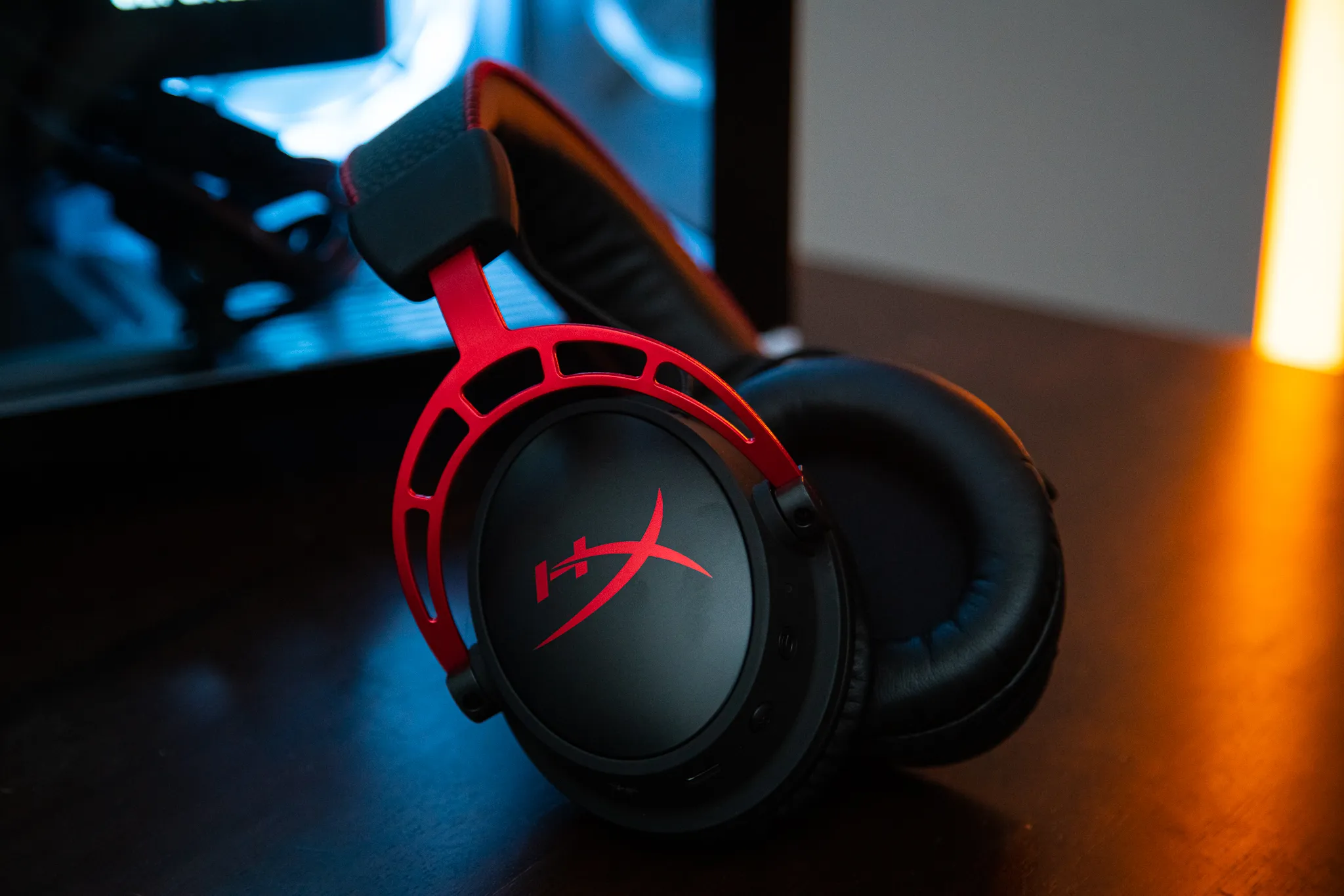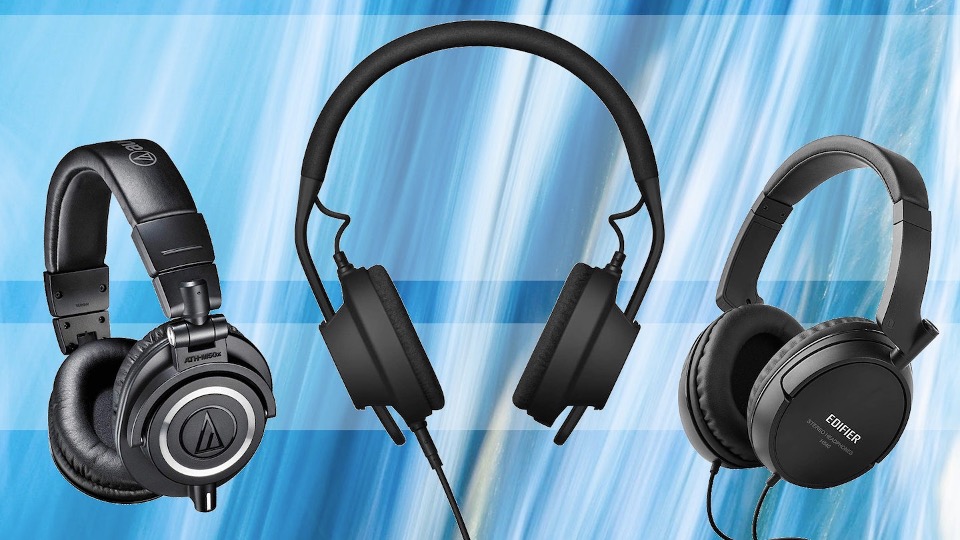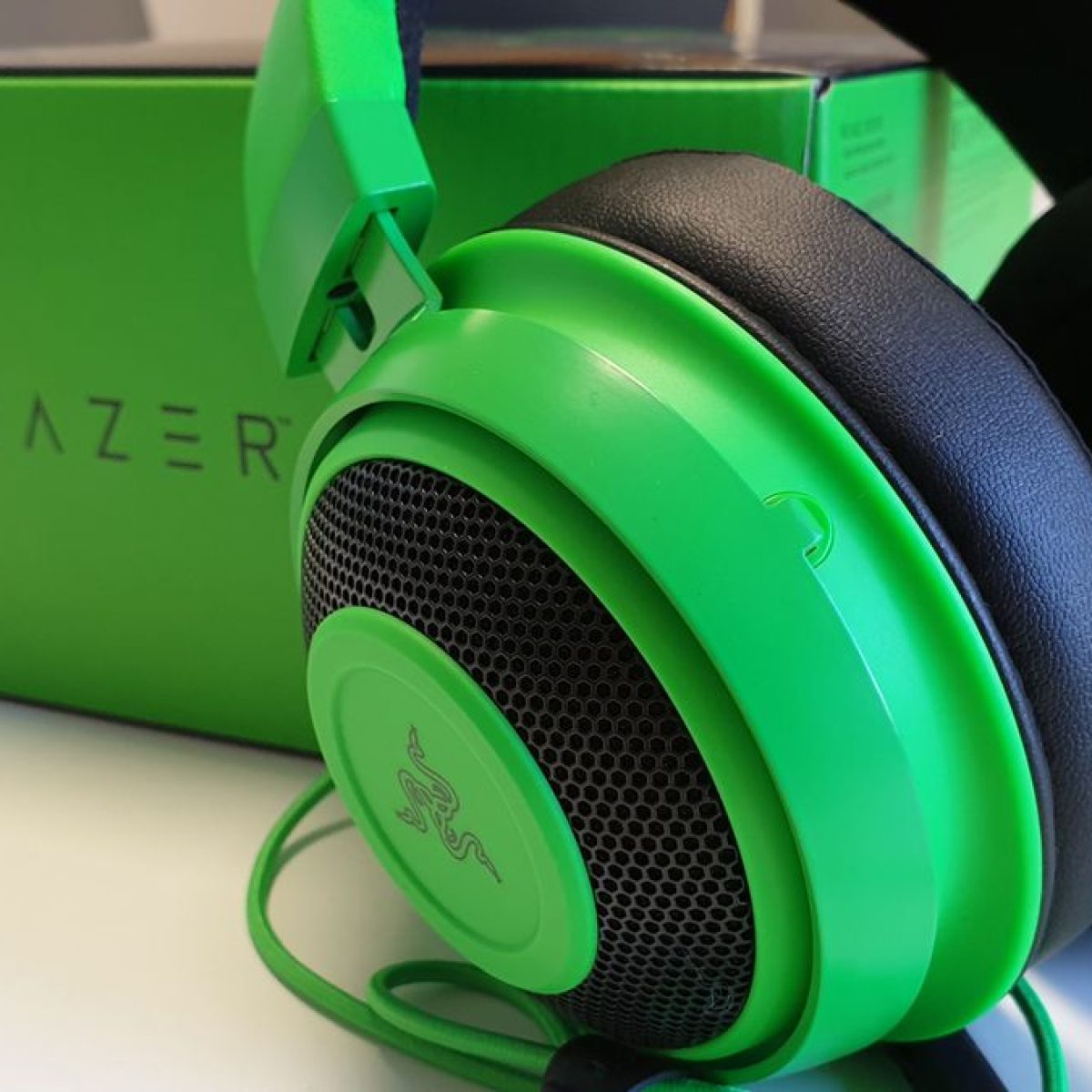Introduction
Embarking on a journey to optimize your headset for an immersive audio experience is an exciting endeavor. Whether you're a seasoned gamer, a music enthusiast, or a professional who relies on crystal-clear communication, the right headset configuration can elevate your auditory encounters to new heights. By delving into the nuances of software settings and hardware setup, you'll unlock the full potential of your headset, immersing yourself in a world of rich soundscapes and precise audio cues.
As you navigate through the intricacies of headset optimization, it's essential to understand the symbiotic relationship between software and hardware. By leveraging the capabilities of both, you can tailor the audio output to suit your preferences and requirements, whether it's the thunderous explosions in a gaming environment, the subtle nuances of a musical composition, or the clarity of voice communication during virtual meetings.
With the groundwork laid, let's embark on a journey to unleash the full potential of your headset. Through careful software configurations and meticulous hardware setup, you'll be poised to immerse yourself in a realm of unparalleled audio fidelity. So, fasten your seatbelt and get ready to embark on an audio adventure that will redefine your perception of sound.
Understanding Your Headset
Before delving into the intricacies of optimizing your headset for peak performance, it's crucial to gain a comprehensive understanding of its capabilities and features. A headset comprises various components that collectively contribute to the audio experience. Here's a breakdown of the essential aspects to consider:
-
Audio Drivers: The heart of any headset lies in its audio drivers. These transducers convert electrical signals into sound waves, directly impacting the quality and fidelity of the audio output. Understanding the type of drivers in your headset, such as dynamic drivers, planar magnetic drivers, or electrostatic drivers, provides insight into the potential sound profile and performance.
-
Microphone: For those who rely on clear communication, the microphone is a pivotal component. Whether it's for gaming, virtual meetings, or content creation, understanding the microphone's sensitivity, frequency response, and noise-canceling capabilities is crucial for ensuring crisp and articulate voice transmission.
-
Connectivity: Headsets come in various connectivity options, including wired, wireless, USB, and Bluetooth. Each option presents unique advantages and considerations, such as latency, convenience, and compatibility with different devices.
-
Sound Signature: Different headsets are engineered to deliver specific sound signatures, catering to diverse preferences. Whether it's a bass-heavy profile for immersive gaming, a balanced profile for studio-grade audio production, or a neutral profile for critical listening, understanding the inherent sound signature of your headset is paramount.
-
Comfort and Ergonomics: Beyond audio performance, the comfort and ergonomics of a headset significantly impact the overall user experience. Factors such as earcup design, headband padding, and weight distribution directly influence long-term wearability and fatigue during extended usage.
By comprehensively understanding these fundamental aspects of your headset, you lay the groundwork for informed decision-making when configuring software settings and optimizing hardware setup. This knowledge empowers you to leverage the unique strengths of your headset, ensuring that your audio experience aligns with your specific preferences and usage scenarios.
Software Configuration
Software configuration plays a pivotal role in shaping the audio output of your headset, allowing you to fine-tune various parameters to suit your preferences and usage scenarios. By delving into the software settings, you can unlock a realm of customization and optimization, elevating your auditory experience to new heights.
1. Audio Enhancement Software
Many headsets are accompanied by proprietary audio enhancement software, offering a suite of features to augment the audio output. These software packages often include equalizer controls, surround sound simulation, voice clarity enhancements, and customizable presets tailored for specific genres or usage scenarios. Leveraging these tools enables you to sculpt the audio profile according to your preferences, whether it's accentuating the low-end frequencies for a cinematic gaming experience or refining the mid-range frequencies for vocal clarity during conference calls.
2. Equalizer Customization
The equalizer serves as a powerful tool for adjusting the amplitude of specific frequency bands, allowing you to fine-tune the headset's sound signature. Whether you prefer a bass-heavy response for immersive gaming, a balanced profile for music production, or a treble-focused output for analytical listening, the equalizer empowers you to tailor the audio spectrum to your liking. Experimenting with different equalizer presets or manually adjusting the frequency bands can significantly impact the overall tonal balance and clarity of the audio output.
3. Spatial Audio Simulation
For gaming and multimedia consumption, spatial audio simulation technologies can create a virtual surround sound environment, enhancing the perception of directional audio cues and spatial awareness. Whether it's simulating the acoustics of a large auditorium, the ambiance of a bustling city street, or the precise positioning of enemy footsteps in a virtual battleground, spatial audio technologies add a layer of immersion and realism to your audio experience. By exploring and calibrating these features, you can heighten the sense of spatial presence, amplifying the thrill of immersive content consumption.
4. Communication Settings
Clear and articulate communication is essential, especially in gaming and professional environments. Software configurations often include settings to optimize microphone input, such as noise suppression, voice equalization, and ambient noise reduction. These features ensure that your voice transmission remains crisp and intelligible, fostering seamless communication without the intrusion of background distractions or unwanted noise.
5. Driver and Firmware Updates
Regularly updating the headset's drivers and firmware is crucial for ensuring compatibility, stability, and performance improvements. Manufacturers often release updates that address audio processing algorithms, driver optimizations, and bug fixes, enhancing the overall functionality of the headset. By staying abreast of these updates and performing timely installations, you can harness the latest advancements and refinements, maximizing the potential of your headset.
By delving into the realm of software configuration, you wield the power to sculpt and refine the audio output of your headset, aligning it with your unique preferences and usage scenarios. Through meticulous adjustments and explorations within the software settings, you pave the way for an audio experience that resonates with unparalleled fidelity and personalization.
Hardware Setup
Optimizing the hardware setup of your headset is a crucial step in unlocking its full potential. The physical configuration and placement of the headset, along with the associated devices, significantly influence the overall audio performance and user experience. By paying attention to the following aspects, you can ensure that your hardware setup complements the software configurations, resulting in an immersive and seamless auditory journey.
-
Connection Stability: Whether your headset operates through wired or wireless connectivity, ensuring a stable and secure connection is paramount. For wired headsets, inspect the integrity of the cables and connectors, minimizing the risk of signal interference or audio artifacts. In the case of wireless connectivity, proximity to the source device and potential obstructions should be considered to maintain a robust and uninterrupted signal transmission.
-
Positioning and Comfort: The ergonomics of your headset's placement play a pivotal role in long-term wearability and audio fidelity. Position the headset in a manner that ensures a comfortable and secure fit, minimizing potential discomfort during extended usage. Proper alignment of the earcups and the microphone boom enhances the overall audio delivery and communication clarity, contributing to a seamless and enjoyable experience.
-
Amplification and DAC Integration: In scenarios where an external amplifier or digital-to-analog converter (DAC) is employed, attention to their integration with the headset is essential. Ensuring proper cabling, signal routing, and impedance matching optimizes the audio signal path, leveraging the capabilities of the amplifier or DAC to enhance the headset's audio performance. This integration can elevate the sound quality, especially for high-impedance headphones, delivering a more refined and detailed auditory experience.
-
Environmental Considerations: The acoustic environment in which you utilize your headset can significantly impact the audio fidelity. Minimizing ambient noise and controlling reverberations within the listening space contribute to a more immersive and focused audio experience. Whether it involves soundproofing the room, utilizing acoustic panels, or simply adjusting the environmental factors, optimizing the listening environment enhances the overall impact of your headset's audio output.
-
Device Compatibility and Configuration: When utilizing the headset with various devices such as gaming consoles, computers, or mobile devices, ensuring seamless compatibility and configuration is crucial. Understanding the unique requirements and compatibility nuances of each device allows for a tailored and optimized audio experience across different platforms. Paying attention to device-specific settings and potential audio output adjustments ensures a cohesive and consistent audio performance regardless of the source.
By meticulously addressing these hardware setup considerations, you pave the way for an audio environment that encapsulates comfort, stability, and optimized audio performance. The harmonious integration of hardware and software optimizations culminates in an auditory journey that transcends the ordinary, immersing you in a realm of sonic excellence.
Testing and Adjusting Sound Quality
Once you have configured the software settings and optimized the hardware setup of your headset, the next crucial step involves testing and fine-tuning the sound quality to ensure an unparalleled auditory experience. This phase allows you to critically evaluate the audio output, address any discrepancies, and customize the sound profile to align with your preferences and usage scenarios.
Sound Signature Evaluation
Commence the testing phase by immersing yourself in a diverse range of audio content, spanning music, movies, games, and voice communication. This comprehensive approach enables you to gauge the headset's performance across various sound signatures, from intricate musical details to explosive gaming effects. Pay close attention to the tonal balance, imaging, and spatial representation, assessing how the headset reproduces different frequencies and soundscapes.
Equalizer Refinement
Leverage the equalizer controls to fine-tune the sound signature according to your preferences. Whether it involves accentuating the bass frequencies for a more impactful gaming experience, refining the mid-range for vocal clarity, or adjusting the treble for a more analytical listening approach, the equalizer empowers you to tailor the audio output to suit specific content genres and personal inclinations.
Spatial Audio Calibration
For gaming and multimedia consumption, spatial audio simulation plays a pivotal role in enhancing the perception of directional cues and environmental immersion. Engage in spatial audio demos and content to evaluate the headset's ability to simulate 3D soundscapes, positional audio cues, and immersive spatial presence. Calibrate the spatial audio settings to achieve a balance between directional accuracy, spatial depth, and overall immersion, ensuring a captivating and realistic audio environment.
Microphone Performance Assessment
In scenarios where the headset incorporates a microphone, it is imperative to assess its performance for voice transmission and communication clarity. Engage in voice chat sessions, recording tests, and voice modulation evaluations to gauge the microphone's sensitivity, noise-canceling capabilities, and overall voice reproduction. Fine-tune the microphone settings to optimize voice clarity, suppress ambient noise, and ensure articulate communication in professional and gaming scenarios.
Comparative Analysis
Compare the sound quality of your optimized headset configuration with reference audio sources or alternative headsets to gain a comprehensive perspective on its performance. This comparative analysis allows you to discern the nuances in tonal balance, detail retrieval, imaging precision, and overall fidelity, providing valuable insights into the strengths and areas for potential refinement of your headset's sound quality.
By meticulously testing and adjusting the sound quality of your headset, you embark on a journey of sonic refinement and personalization, ensuring that the audio output resonates with unparalleled fidelity and immersive appeal. This iterative process of evaluation and fine-tuning culminates in an audio experience that transcends the ordinary, immersing you in a realm of sonic excellence tailored to your unique preferences and usage scenarios.
Conclusion
In conclusion, the journey to optimize your headset for peak performance is a multifaceted exploration that intertwines software finesse and hardware precision. By comprehensively understanding the nuances of your headset's components, from audio drivers to microphone capabilities, you lay the foundation for informed decision-making when configuring software settings and refining hardware setup. The symbiotic relationship between software and hardware is pivotal in sculpting the audio output to align with your unique preferences and usage scenarios.
Through meticulous software configuration, you wield the power to fine-tune the audio profile, harnessing features such as equalizer customization, spatial audio simulation, and communication settings to tailor the sound signature and microphone performance. This realm of customization empowers you to craft an audio environment that resonates with unparalleled fidelity and personalization, whether it's for gaming, content creation, or immersive multimedia consumption.
The hardware setup of your headset plays an equally crucial role in shaping the overall auditory experience. Attention to connection stability, positioning, amplification, environmental considerations, and device compatibility ensures that the physical configuration complements the software optimizations, culminating in an immersive and seamless audio journey.
Following the software and hardware optimizations, the critical phase of testing and adjusting sound quality allows for a comprehensive evaluation of the headset's performance across diverse content genres. By critically assessing the sound signature, engaging in equalizer refinement, calibrating spatial audio, and evaluating microphone performance, you embark on a journey of sonic refinement and personalization, ensuring that the audio output aligns with your unique preferences and usage scenarios.
This iterative process of evaluation and fine-tuning culminates in an audio experience that transcends the ordinary, immersing you in a realm of sonic excellence tailored to your specific inclinations. As you embark on this journey of headset optimization, remember that the pursuit of audio bliss is an ongoing endeavor, characterized by exploration, refinement, and the seamless integration of software finesse and hardware precision. Embrace the nuances, unleash the potential, and immerse yourself in a world of rich soundscapes and precise audio cues, as you redefine your perception of sound through the optimized performance of your headset.







